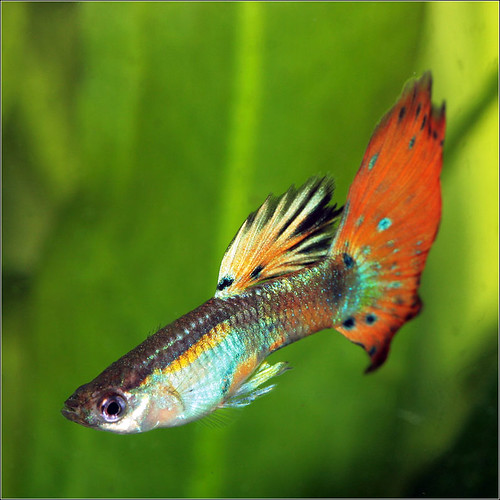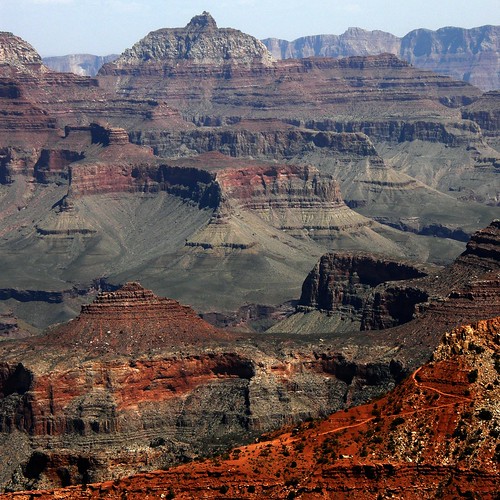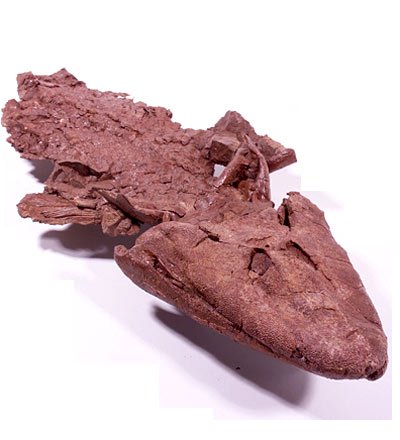-
'Bluetooth laser virtual keyboard encased in elegant possum.'
-
via Mind Hacks, an extraordinary article about an ultra-long distance cyclist: 'The craziness is methodical, however, and Robic and his crew know its pattern by heart. Around Day 2 of a typical weeklong race, his speech goes staccato. By Day 3, he is belligerent and sometimes paranoid. His short-term memory vanishes, and he weeps uncontrollably. The last days are marked by hallucinations: bears, wolves and aliens prowl the roadside; asphalt cracks rearrange themselves into coded messages. Occasionally, Robic leaps from his bike to square off with shadowy figures that turn out to be mailboxes. In a 2004 race, he turned to see himself pursued by a howling band of black-bearded men on horseback.'
-
including such gems as:
'Uptown Wally
She's been living in a Tesco trolley
And now she's going out with Action Man
They've been shagging in the A-Team Van' -
'New York circa 1900. "Yard of tenement at Park Avenue and 107th Street." 11 x 14 inch glass negative, Detroit Publishing Company.'
-
'Madeleine Albright, who served as the first female Secretary of State under President Clinton, was fond of using jewelry to express herself on the job.'
Tag: science
Links
-
the always interesting Oliver Sacks on the subject of hallucination in visually-impaired people.
Full title: The Greatest Show on Earth: The Evidence for Evolution. I don’t need any persuading about the fact of evolution, but Dawkins is always worth reading on the subject. And Amazon had it at 50% off, so as much as I dislike hardbacks I thought I’d give it a go.
Since I’ve read so many books on evolution, not least the half dozen by Dawkins, what I’m really looking for in a book like this is interesting new examples I haven’t encountered before, and there are certainly some of those, like the wingless fly that lives in termite mounds; generally, though, a lot of it is fairly familiar: Tiktaalik, the evolution of the whale, the guppy experiment, Lenski’s E. coli, eyeless cave-dwelling animals and so on. There are good reasons why these examples are popular, of course, and if you don’t read as much about evolution as I do, they may well be unfamiliar to you. It’s certainly a different repertoire than it would have been ten or fifteen years ago. And Dawkins writes engagingly and clearly, even in the chapter about embryology, a subject I usually find a complete head-fuck. So I certainly enjoyed reading it.

The review in New Scientist complains about his occasional side-swipes at religion. The book doesn’t actually talk about religion as often as that review might suggest, but when it does touch on it, it’s about as unflattering as you would expect. It’s easy to understand why creationism is such a red rag to a biologist: his analogy is of a teacher of Latin and Roman history who is constantly confronted by people who insist that the Roman Empire never happened and that the myth of ‘Rome’ is a conspiracy. His abrasive manner when he talks about religion doesn’t bother me, although I can see there’s an argument that it is bad tactics in the battle for hearts and minds.
At least in this book he confines his comments to creationism rather than religion more generally; and I for one am not going to tell him he should be respectful towards young Earth creationism. Because 40% of the US population (and 22% of the UK) believe the world is less than 10,000 years old, when you are rude about creationists, you are being rude about an awful lot of people, and I’m sure they are largely nice, well-meaning and valuable members of society; but come on! Believing that the world is less than 10,000 years old is like believing that the Earth is flat, or that leprechauns bury pots of gold at the ends of rainbows. Or indeed that if you dilute poison over and over again until it is just water, it magically gains healing powers. These ideas are worthy of mockery.
So, I enjoyed it; I’d rather read Dawkins on evolution than Dawkins on religion any day of the week, mainly because evolution is a much more interesting subject. I’m not sure it’s an instant classic, but it’s well worth reading.
» The photo is © Troy Li and used under a CC by-nc-nd licence.
Links
-
'Using redshift data, a 3-D animated view of the Hubble Ultra Deep Field was created.' This video has been all over the place, but if you *haven't* already watched it, you should.
-
'Here's the fourth of Frank L. Baum's Wizard of Oz books, the one that features fighter jets and the planet Mars' (and other amusingly inappropriate book covers)
-
All that great Goldsworthiness collected in one place. via Accidental Mysteries.
The Earth: An Intimate History is big, fat (480 page) book about geology. Richard Fortey writes extremely well and it’s an impressive attempt to make a fairly dense subject exciting.

I have to admit though I nearly didn’t finish it; by about halfway though I’d had about as much as I could take of schist, gneiss, nappes and the endless litany of different places, geological periods and minerals that every new page seemed to require. So I put it down for a few weeks.
But eventually I built up the willpower to finish it off, and I’m glad I did; there’s plenty of interesting stuff in there, like the fact that the rocks of England and Scotland were formed on different sides of the Atlantic — or at least a previous ocean that lay between previous versions of Europe and America. Or the fact that in university laboratories, geologists have built vast machines that can squeeze minute samples of rock to the point where they mimic the temperatures and pressures found hundreds of kilometres below the earth’s surface.
» The Grand Canyon is possibly a rather unoriginal choice of photo to illustrate geology, but wotthehell, it’s relevant and looks spectacular. Couleurs de la Terre / Colours of the Earth is © Olibac and used under a CC by-nc-nd license.
Your Inner Fish by Neil Shubin
Your Inner Fish is a book which uses comparisons between human anatomy and the anatomy of other animals, living or extinct, to show how evolution helps explain the way we are and the way our bodies develop. Shubin is the palaeontologist who discovered Tiktaalik, one of the key fossils in understanding the fish/tetrapod transition, so that features somewhat, but he also draws on a wide range of examples from other species. 
So for example, he traces the evolution of fin into hand over evolutionary history, but also examines how the growing embryo creates a hand (or a fin) from a blob of undifferentiated cells. He uses the evolutionary relationship between the structure of the human head and the gill arches of a shark to explain why the nerves of the head have such a peculiar relationship, how hiccuping is related to our amphibian ancestry, and so on.
Most of this material is rather technical and many of the examples were somewhat familiar to me, so the book could easily have been either impenetrable or just dull. In fact I found it worked very well; even when I had encountered some of the examples before, having them all put together into one book was very helpful. I really did feel after reading it that I was more in touch with my inner fish (and inner wormy thing, for that matter).
And it’s well written, as well. There was a rather clumsy bit in one the first chapter where he attempts to explain cladistics via a visit to the zoo, which had me worried that the book was going to be aimed at eleven-year-olds, but fortunately it turned out to be a blip. Generally the book seems well-pitched for intelligent adults who are curious about biology.